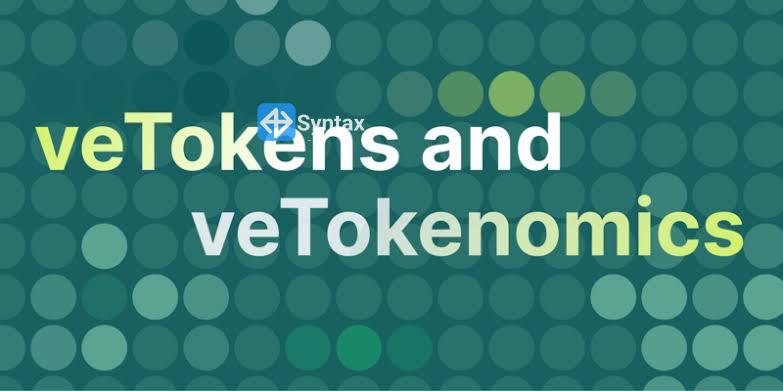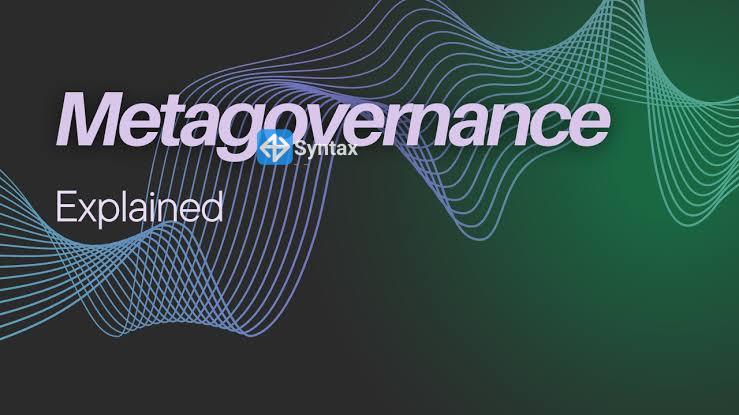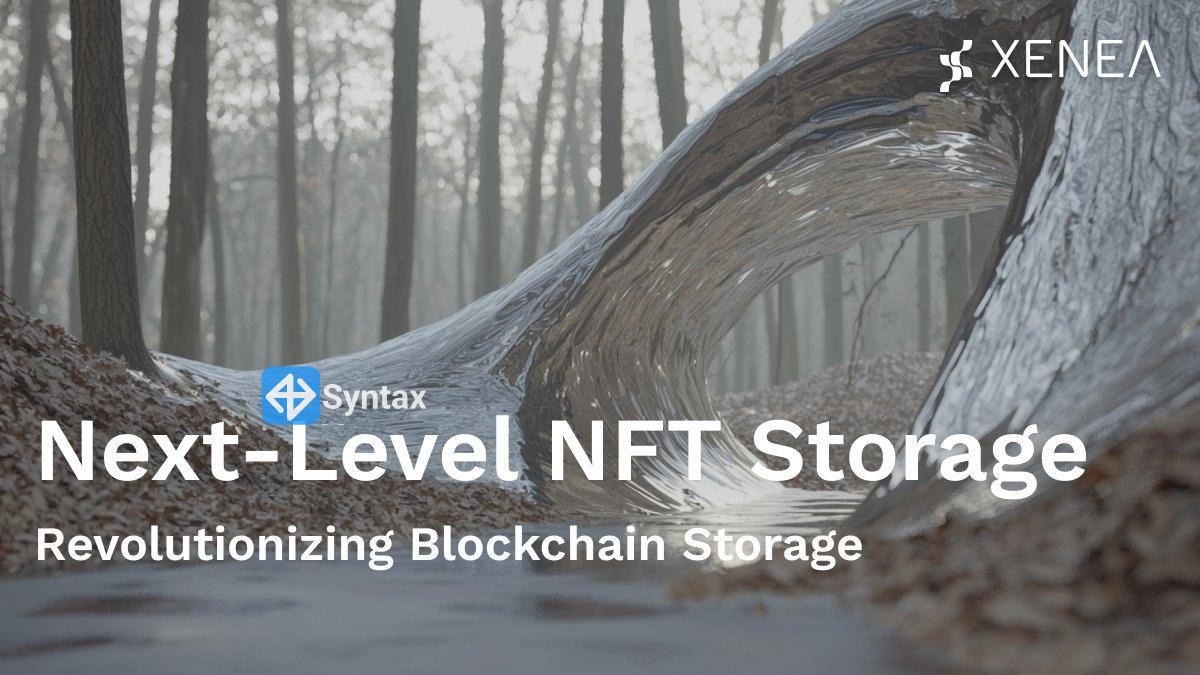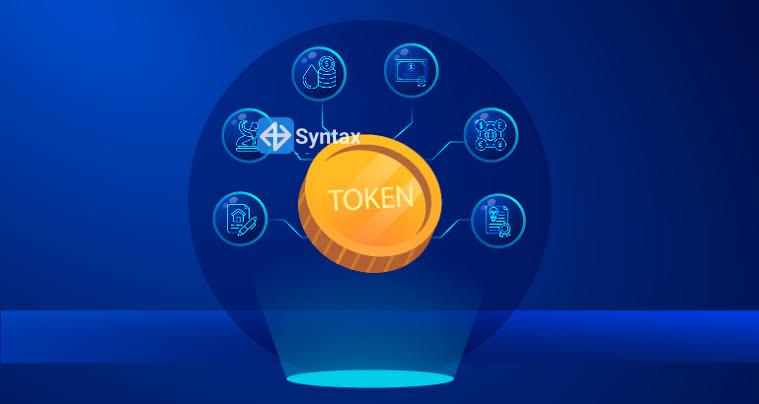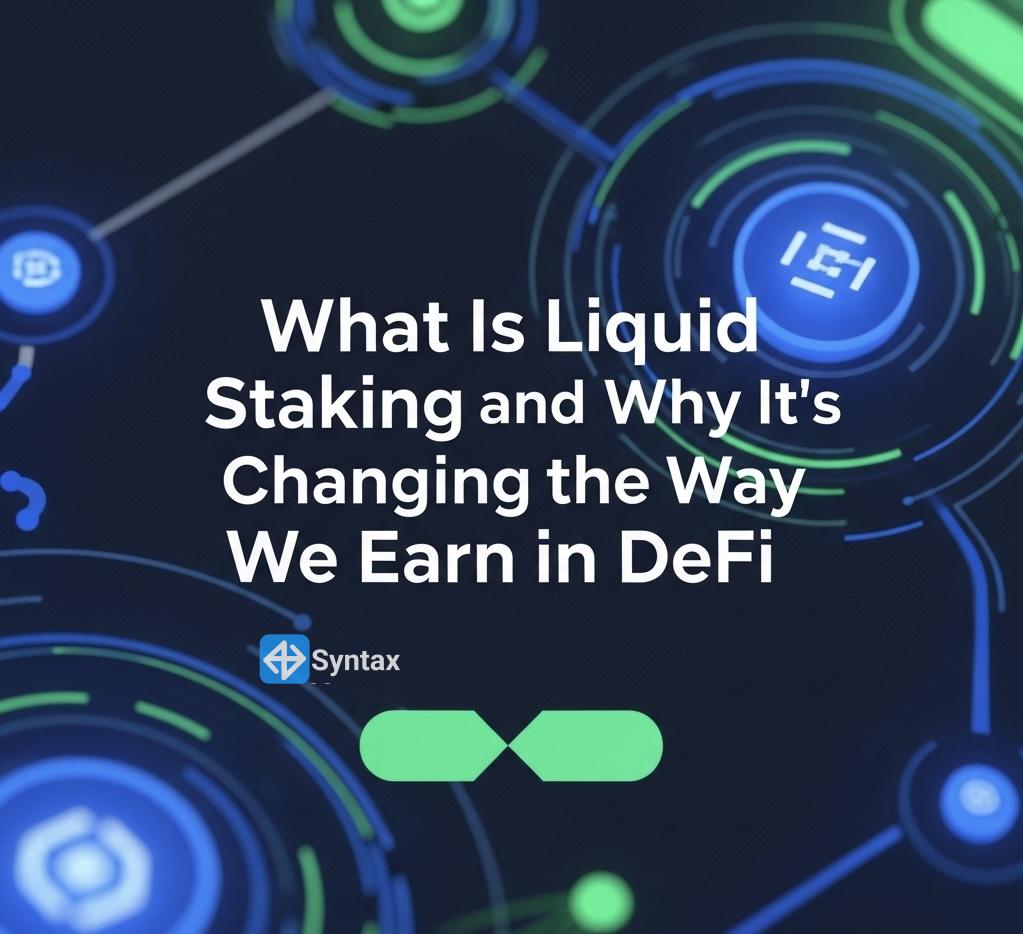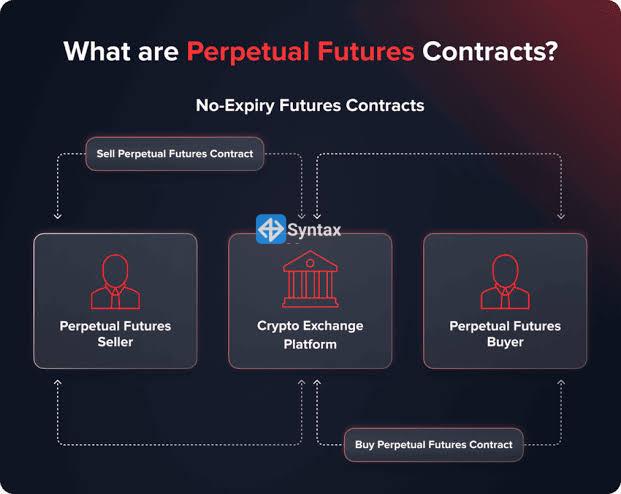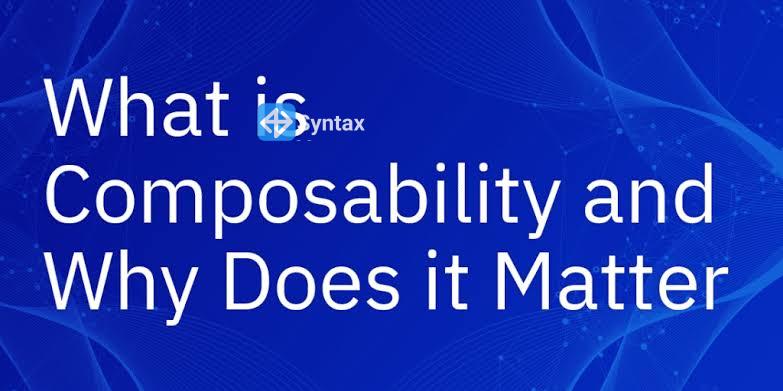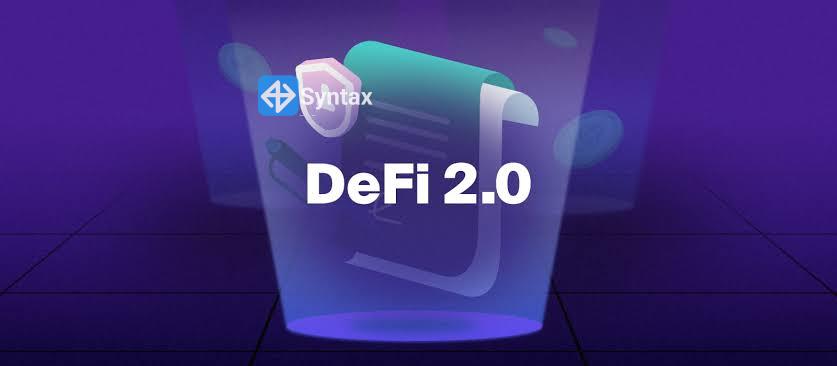Here's a breakdown:
What it is: MEV is the extra profit a miner/validator can earn by manipulating the order of transactions in a block. It's not just limited to miners anymore; anyone who can influence transaction ordering can potentially extract MEV.
How it works: Block producers can identify opportunities like arbitrage, front-running, or liquidation, and then include or reorder transactions in a way that benefits them.
Examples of MEV:
- Front-running: Submitting a transaction before a user's transaction to take advantage of a price movement.
- Back-running: Submitting a transaction after a user's transaction to benefit from the price impact of the user's transaction.
- Sandwich attacks: Combining front-running and back-running to exploit a user's transaction.
- Arbitrage: Exploiting price differences of the same asset across different exchanges.
- Liquidations: Taking advantage of liquidation opportunities in DeFi protocols.
Impact on Blockchain: MEV can create inefficiencies and risks in decentralized networks. It can lead to:
- Increased gas fees: MEV searchers may bid up gas prices to get their transactions prioritized.
- Unfair trading conditions: Users may experience higher slippage or worse exchange rates due to MEV activity.
- Centralization of power: Large staking pools may have an advantage in detecting and extracting MEV, potentially leading to centralization of power.
Mitigation efforts:
Private mempools:
Some solutions, like Flashbots MEV-Boost, use private mempools to process transactions without exposing them to the public mempool, reducing front-running.
Fair ordering mechanisms:
Research is ongoing to develop mechanisms that ensure fair transaction ordering and prevent MEV extraction.
Cross-chain solutions:
Developing systems that can minimize the need for centralized bridges and reduce the opportunities for MEV.
Essentially, MEV highlights a complex interplay between incentives, transaction ordering, and potential for profit in the blockchain ecosystem, prompting ongoing efforts to mitigate its negative impacts and ensure fairer, more efficient networks.



